Plantation Futures
Foregrounding Lost Narratives
This project is named after Katherine McKittrick’s canonical text: Plantation Futures.Our work is guided by the efforts already in motion by local activist groups, descendants’ communities, geographers, poets, and academics. We want to highlight the multigenerational work that the descendant’s communities have undertaken, allowing us, as students at the Harvard Graduate School of Design hundreds of miles away, to begin to help tackle one small part of an extensive, oppressive system: The Plantation System, a system that has disposed thousands of indigenous inhabitants and enslaved peoples of their lands, cultures, and ecologies.


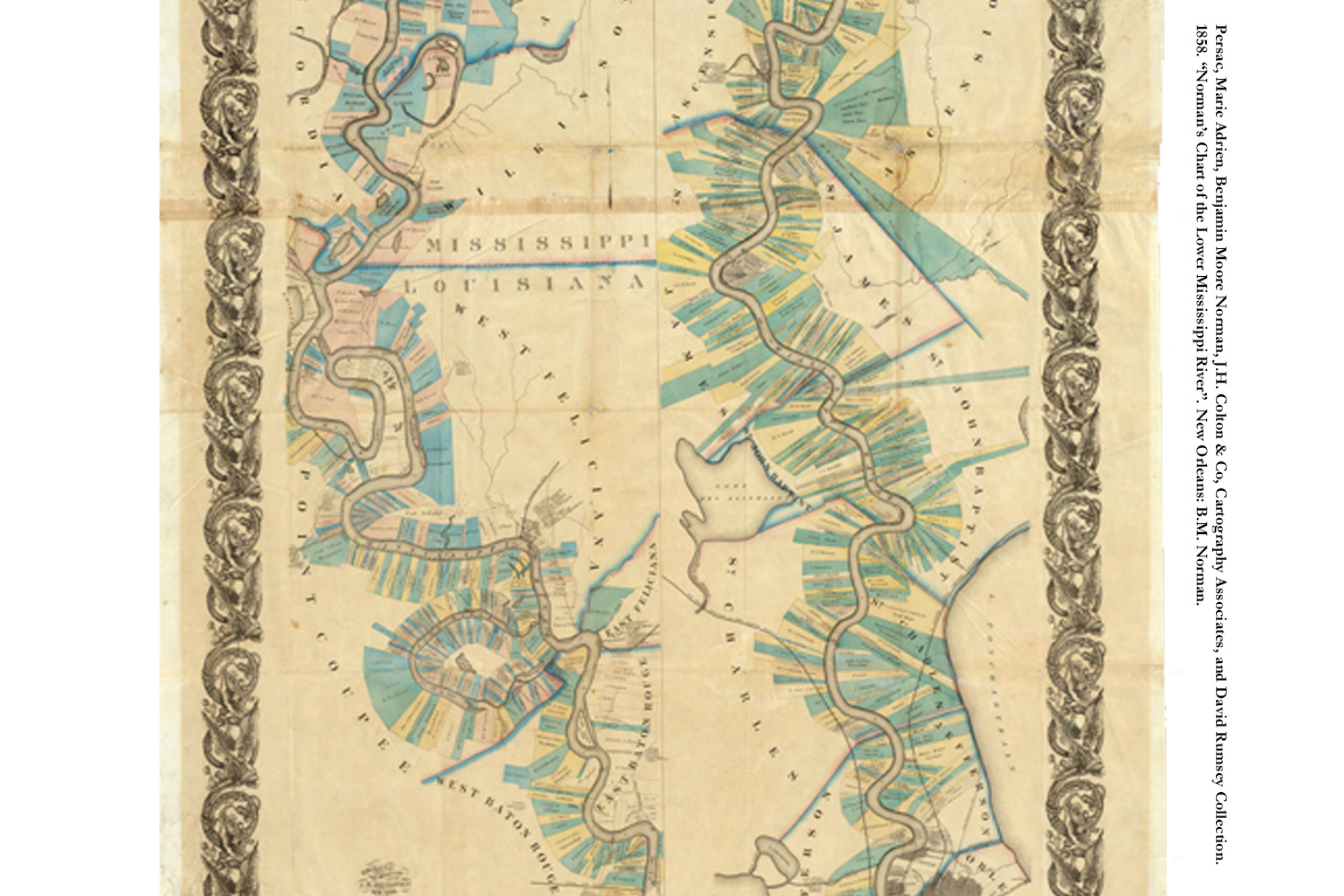
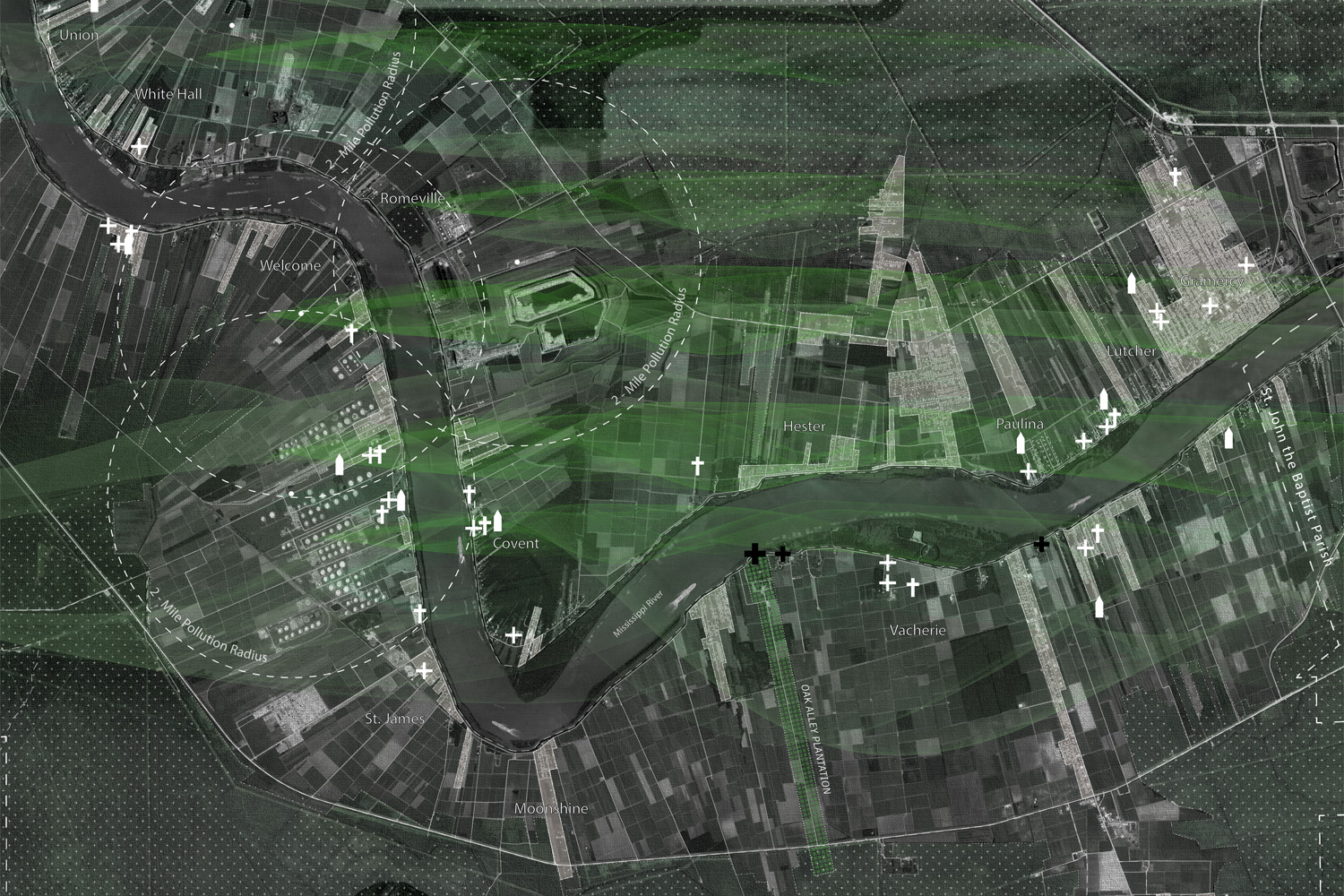

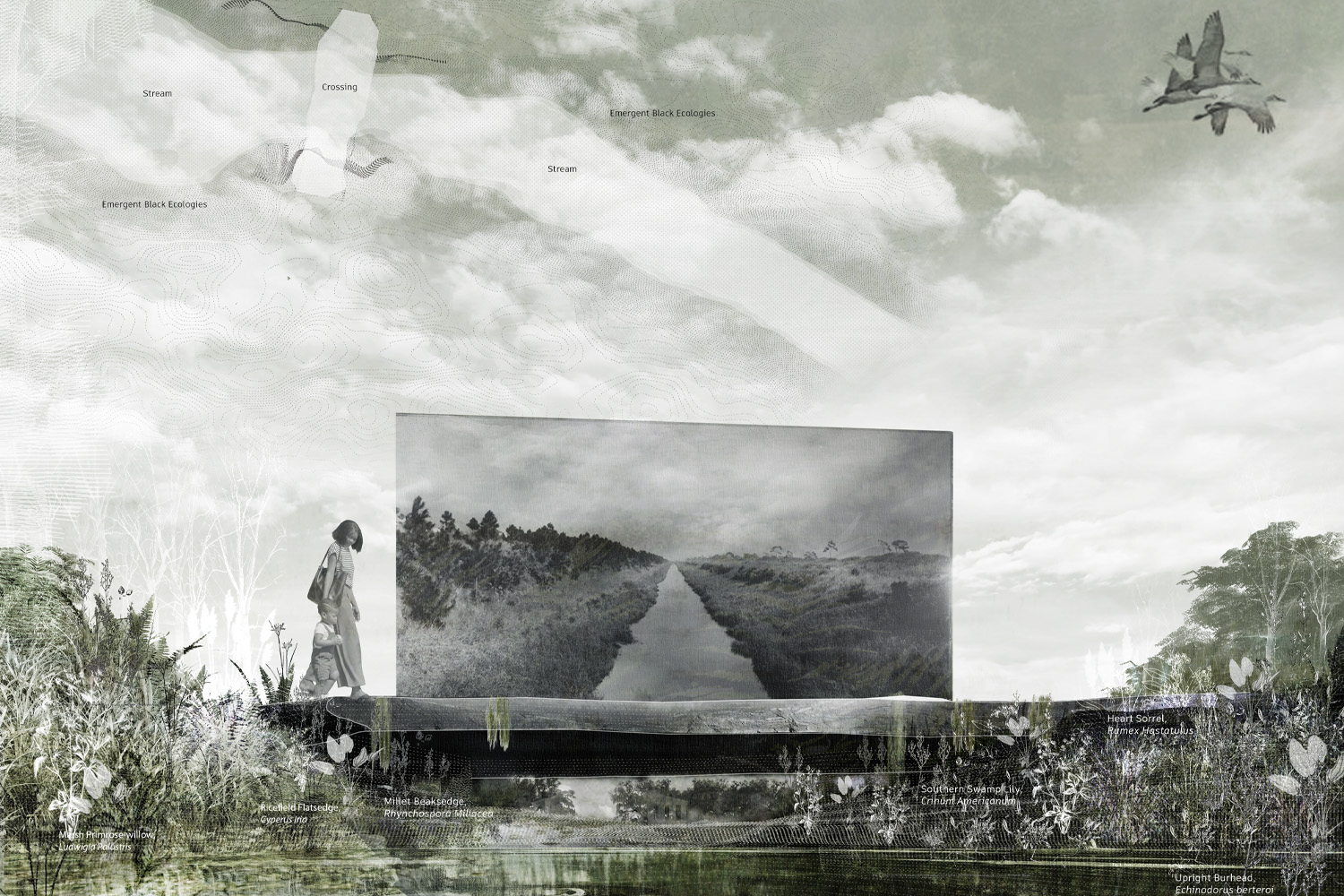
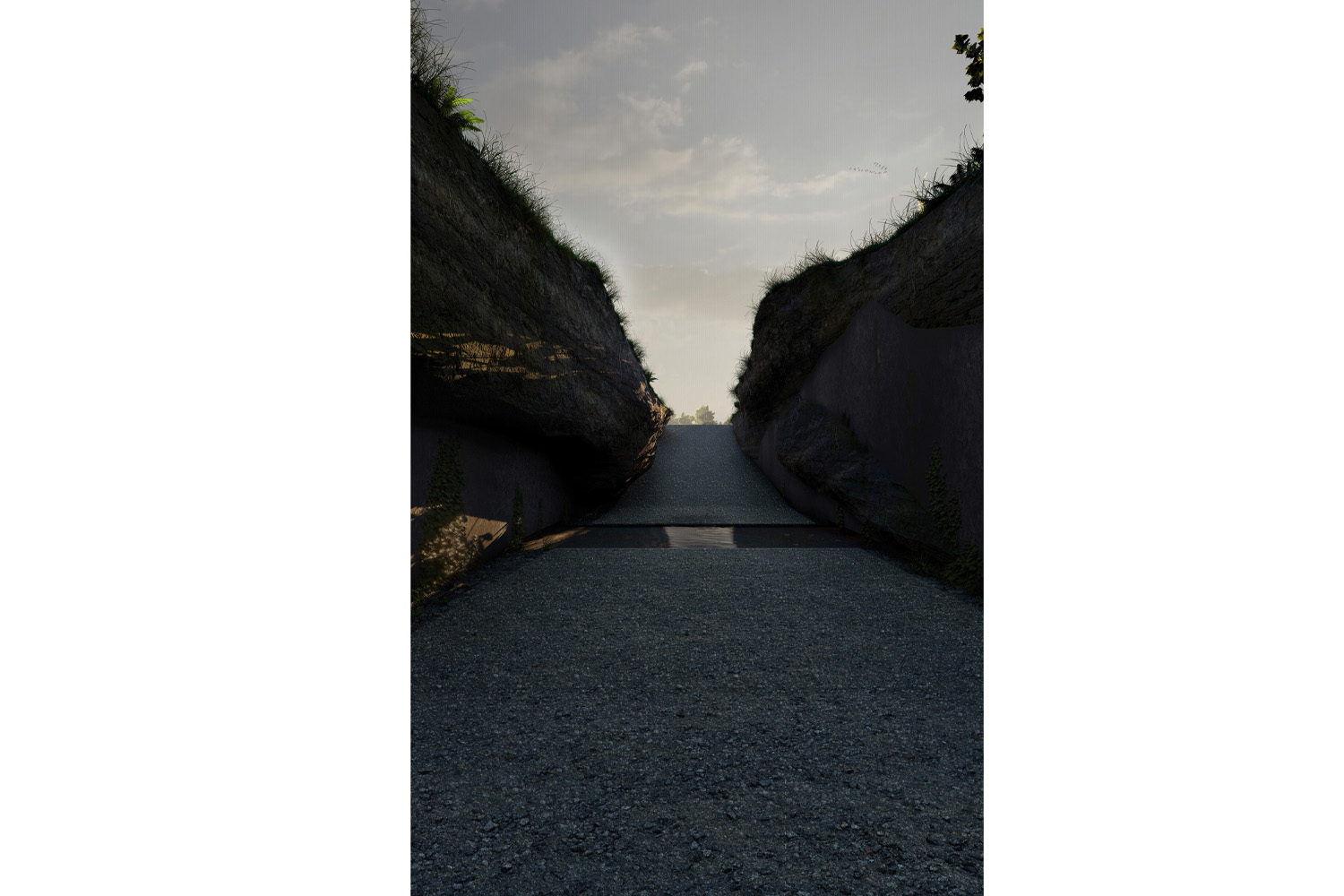
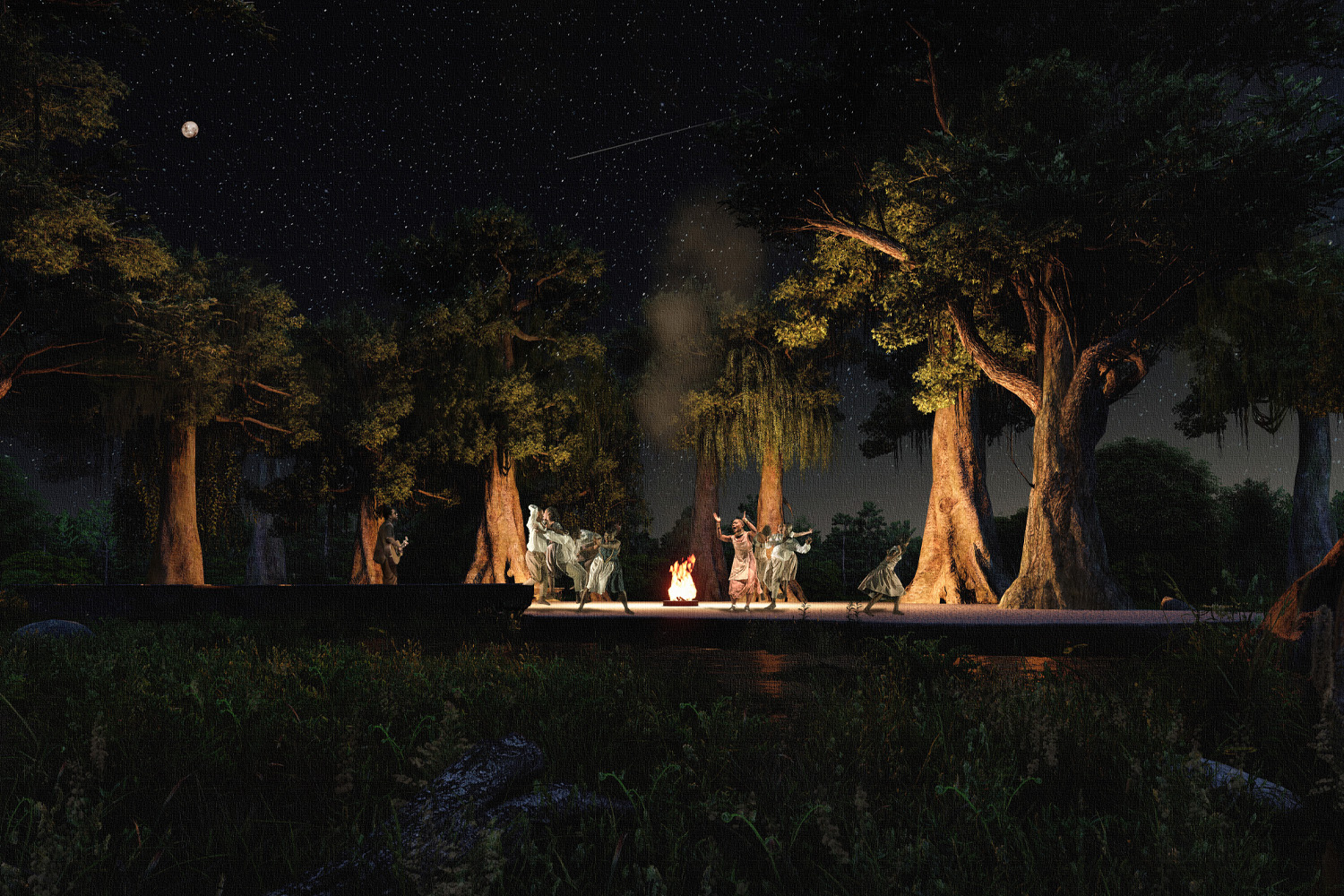
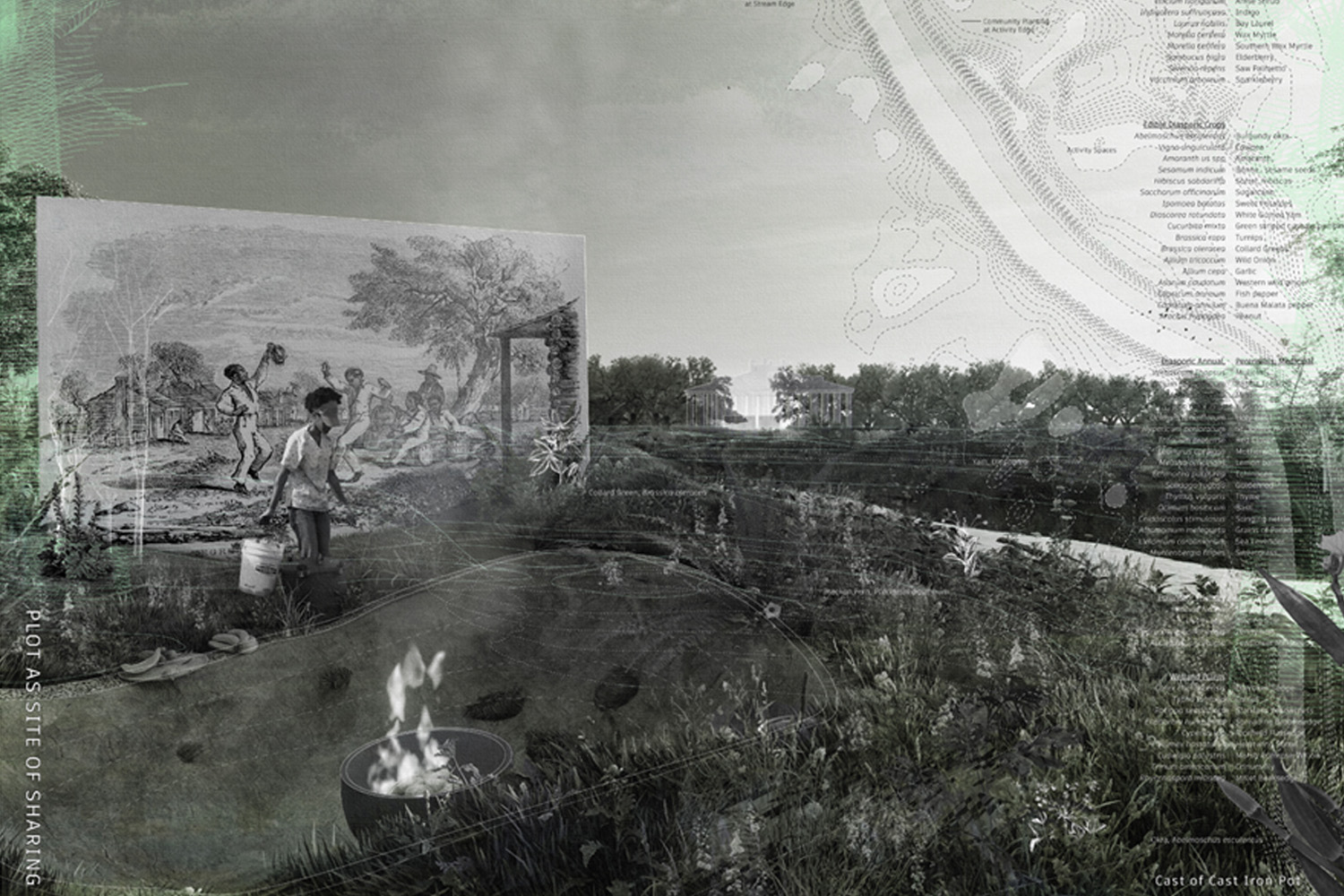
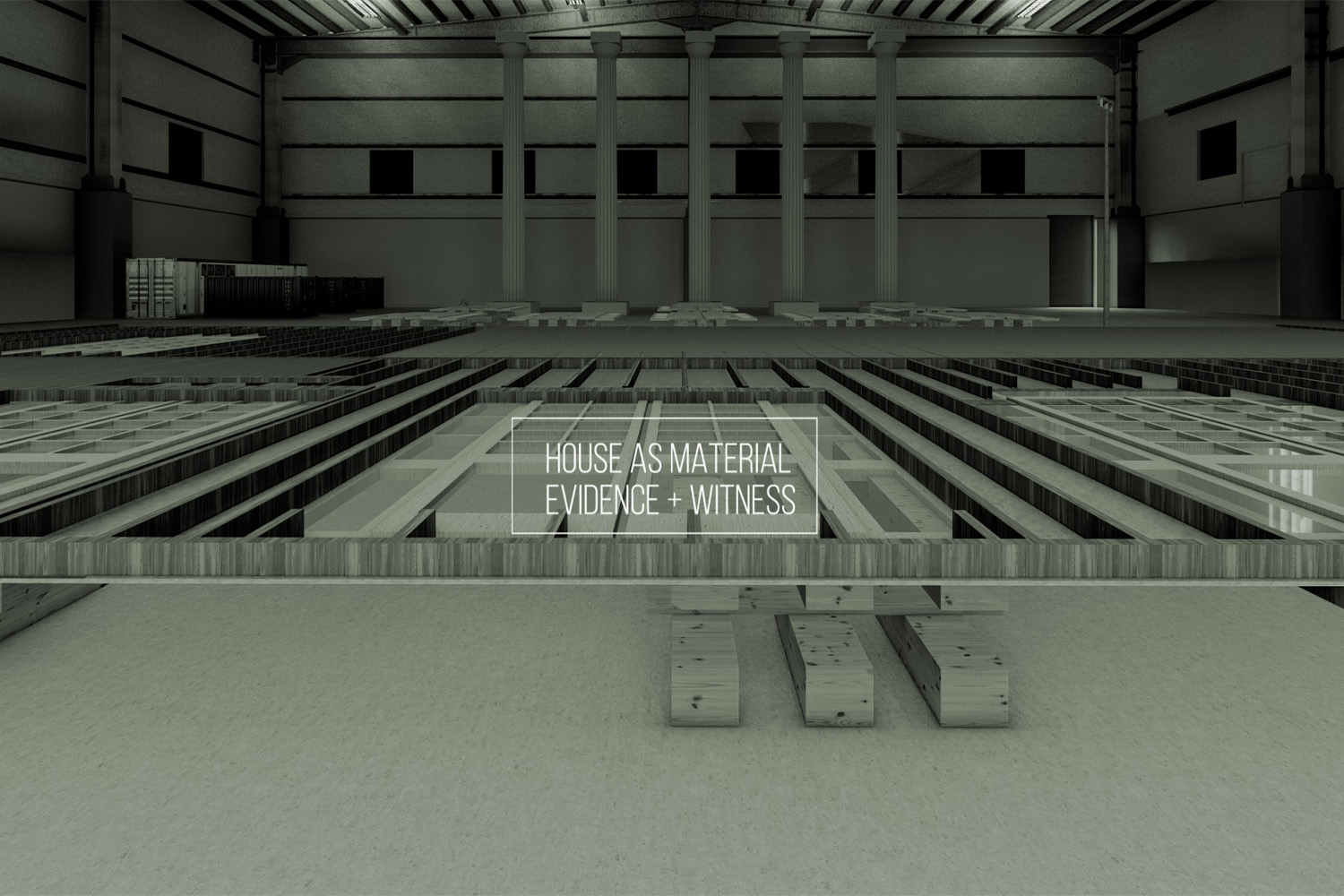
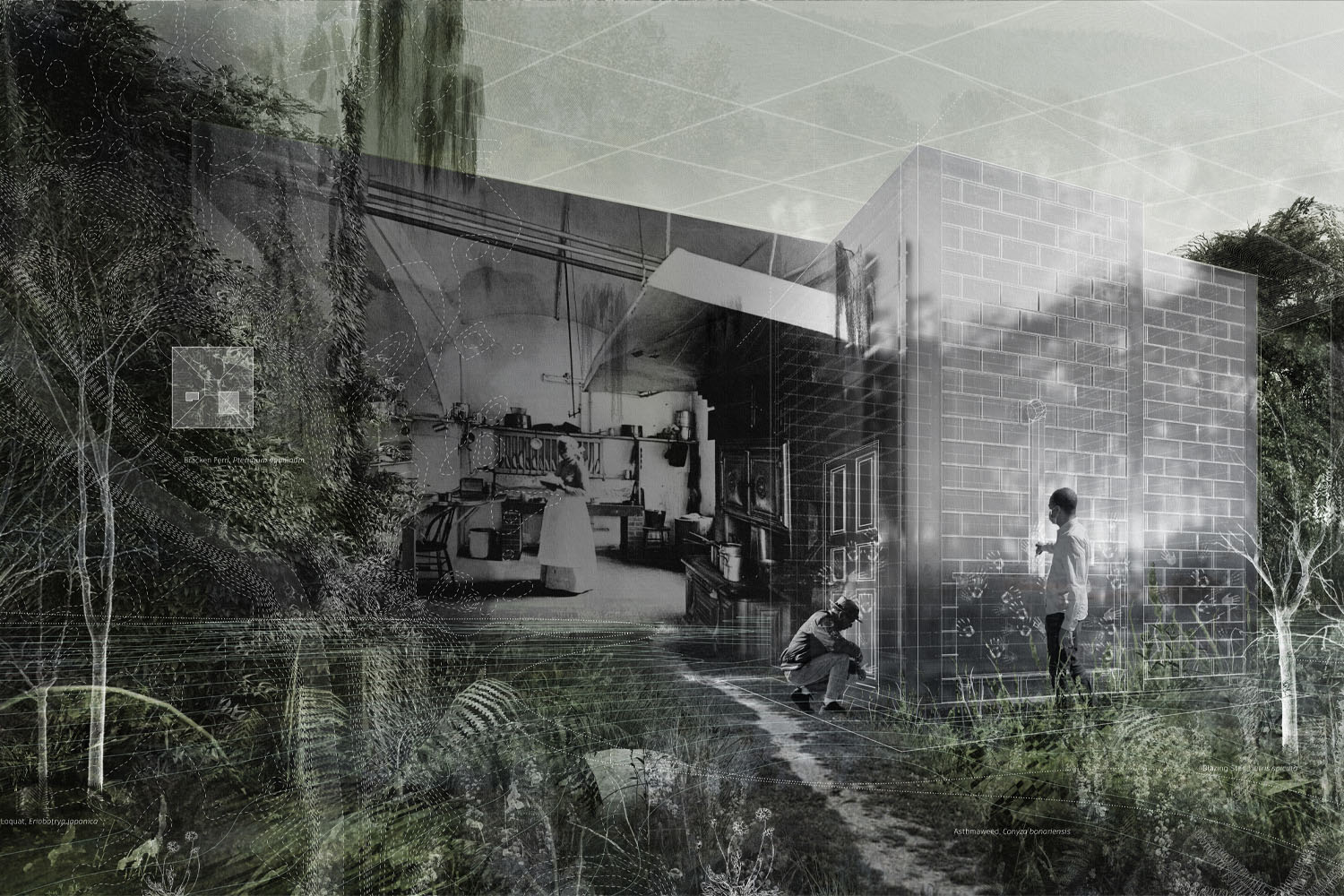
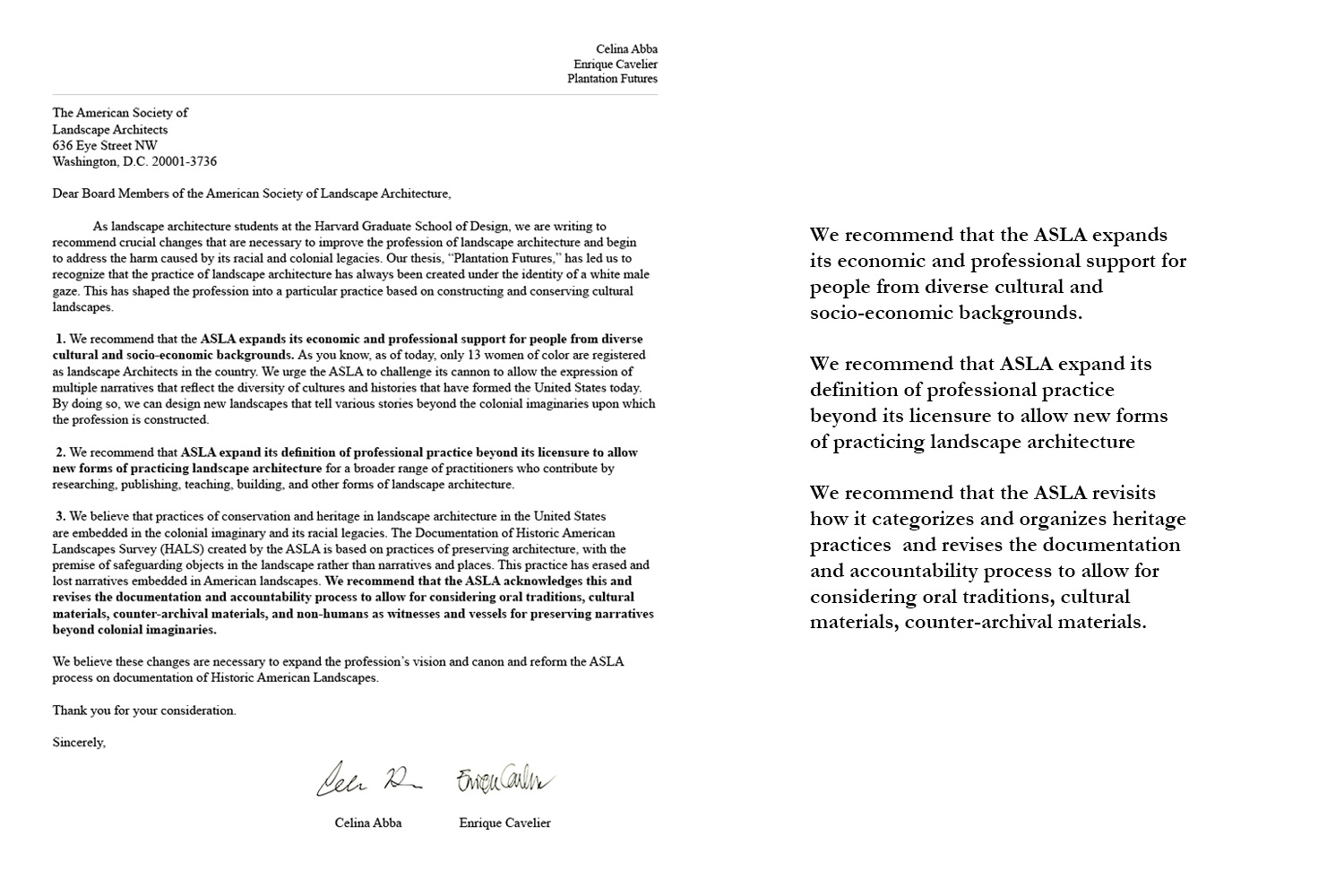
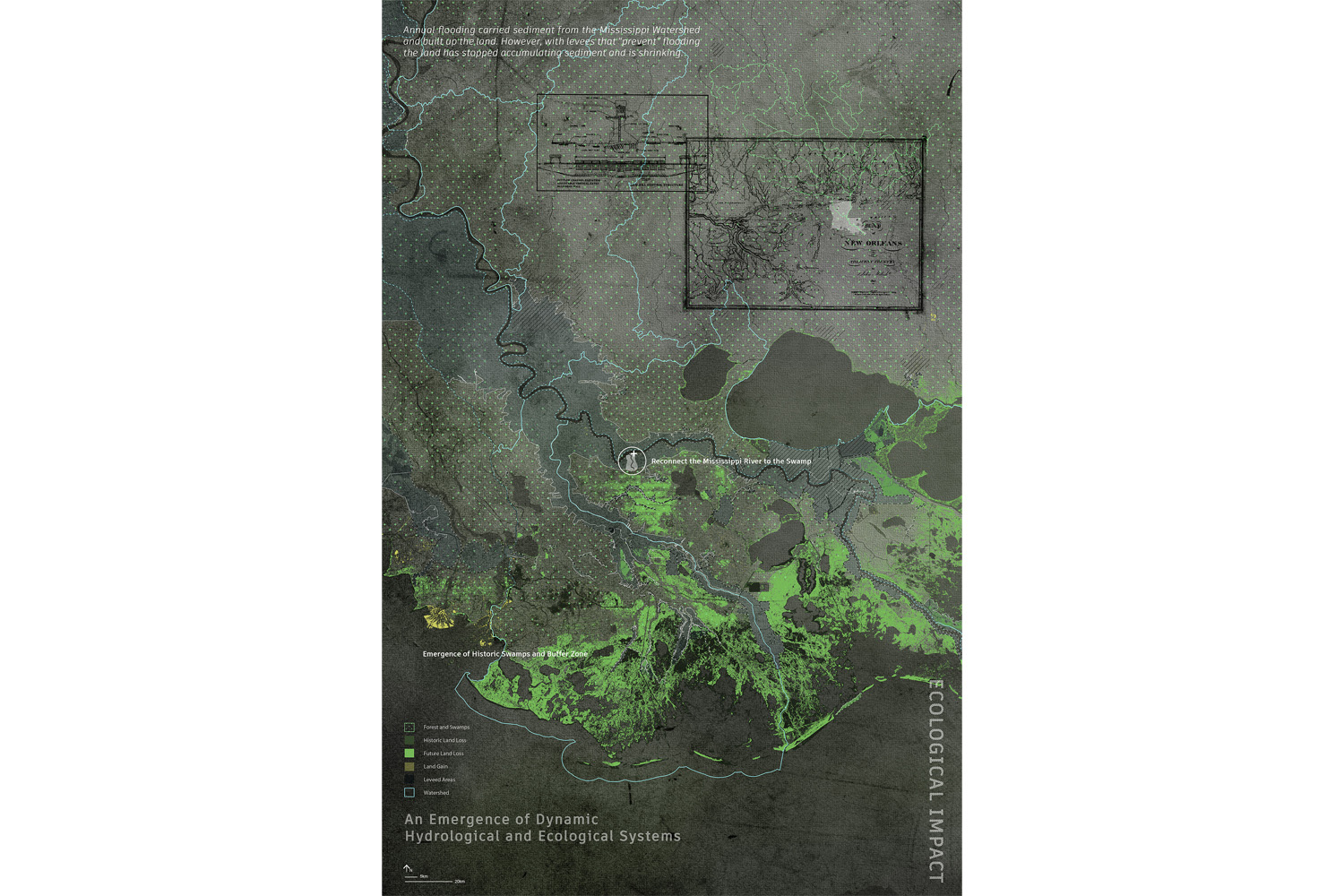
Academic Research | Thesis Project
TypeCelina Abba
Project PartnerRosalea Monacella
AdvisorVacherie, La, USA
Location2023 - Ongoing
YearGSD Website
PublishedOak Alley Plantation, located in Louisiana, is the most famous and visited plantation in the United States. Today the plantation is preserved as a cultural landscape reflecting and glorifying the values of the Antebellum era. What is absent at Oak Alley and all the plantations upon which the United States was formed is the recognition of the forged Black landscapes used for refuge, joy, and resistance: the swamp, the ditch, and the plot.
The plantation was a complex of white supremacy that linked the exploitation of racialized bodies and non-human agents to fertile lands and commodities. These landscapes emerged as an economic and political model based on dislocated forced labor, intensive land exploitation, and global commerce supported by land dispossession, labor extraction, and racialized violence.
The thesis questions the concept and practices of heritage in the profession of landscape architecture as it is embedded in the colonial imaginary and its racial legacies. Moments for accountability and restoration are conceived, such as the Citizen Assembly, which holds industry and systems of dispossession to account through new forms of democratic processes and landscape-based evidence collection. Black ecologies emerge through layering archival narratives, poetry, and literature, foregrounding lost narratives within the plantation. These narratives envision radically different futures, where interspecies kinship and empathy surface as new ecologies that point to new Black futurities.
As the project evolves from an academic thesis into an activist endeavor, the project uses design research to incite provocations to the concept and practices of heritage in the profession of landscape architecture as it is embedded in the colonial imaginary and its racial legacies.
The plantation was a complex of white supremacy that linked the exploitation of racialized bodies and non-human agents to fertile lands and commodities. These landscapes emerged as an economic and political model based on dislocated forced labor, intensive land exploitation, and global commerce supported by land dispossession, labor extraction, and racialized violence.
The thesis questions the concept and practices of heritage in the profession of landscape architecture as it is embedded in the colonial imaginary and its racial legacies. Moments for accountability and restoration are conceived, such as the Citizen Assembly, which holds industry and systems of dispossession to account through new forms of democratic processes and landscape-based evidence collection. Black ecologies emerge through layering archival narratives, poetry, and literature, foregrounding lost narratives within the plantation. These narratives envision radically different futures, where interspecies kinship and empathy surface as new ecologies that point to new Black futurities.
As the project evolves from an academic thesis into an activist endeavor, the project uses design research to incite provocations to the concept and practices of heritage in the profession of landscape architecture as it is embedded in the colonial imaginary and its racial legacies.
[Act 1] ONE LANDSCAPE, ONE NARRATIVE
Scene 1 Oak Alley
Scene 2 The Ditch, The Plot, The Swamp
Scene 3 Obscuring



[Act 2] THE COSMOVISION OF EXTRACTIVISM
Scene 1 Plantation Systems
Scene 2 From Moral Contamination to Toxic Contamination


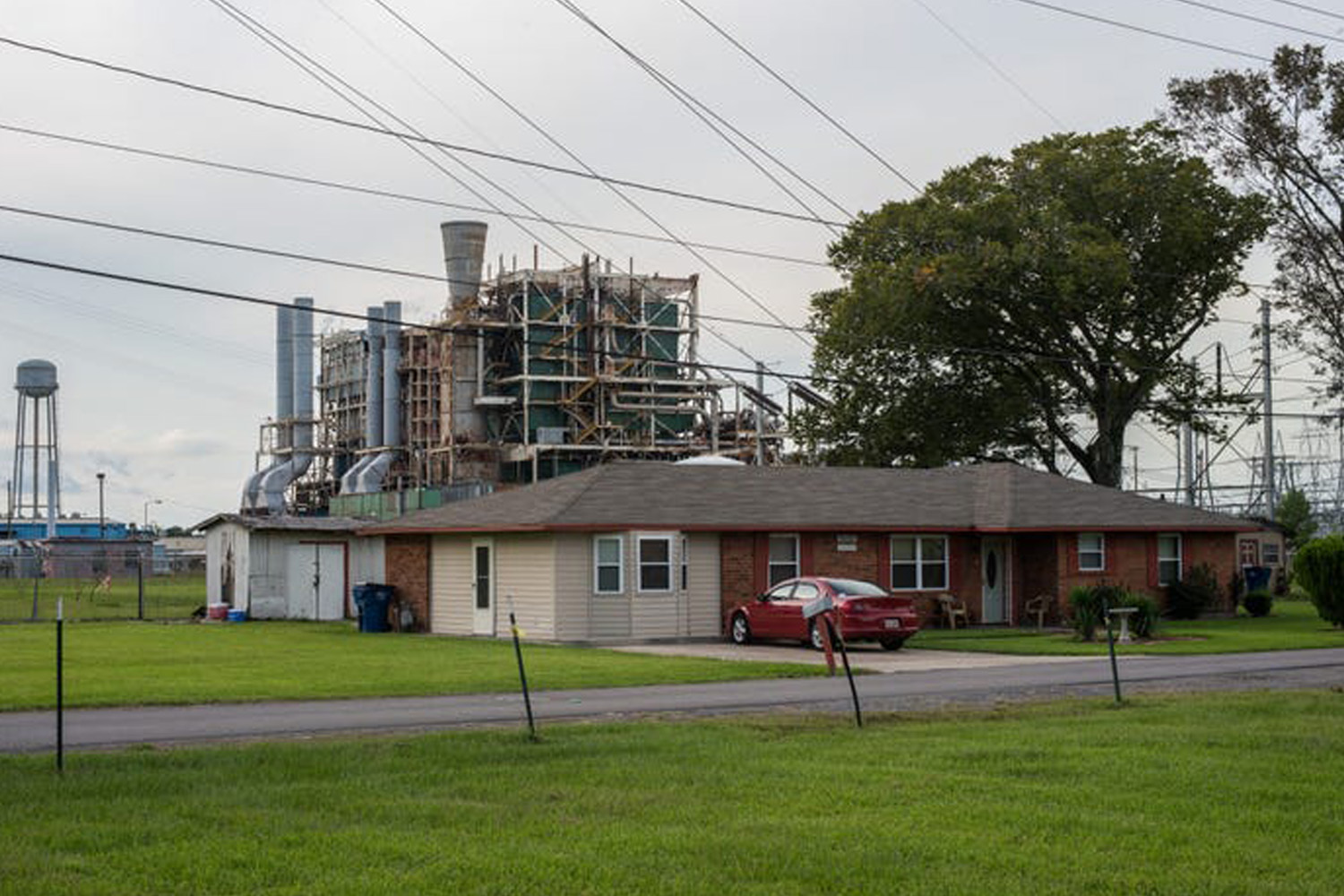
[Act 3] PLANTATION FUTURES
Scene 1 Emerging Narratives
In their writings, black scholars Zakiyyah Jackson and Joshua Bennett posit that Black lives have been placed outside the human-nonhuman divide encountering violence reserved for animals. Without denying the horrors caused by the dehumanization of black bodies, scholars have understood that this proximity enabled the enslaved to become deeply entangled in more than human relationships with soil, water, plants, and animals. As Bennet claims, enslaved people constructed “a kinship forged in the midst of unthinkable violence, kinship born of mutual subjugation.”
Our poem, AS IF BLACKNESS, WATER, AND SOIL COULD TALK (An Eco-narration of the lowlands of the Mississippi River), became the starting point for imagining plantation futures. Using archival materials and fictional narratives, the poem explores many narratives expressed by the beings of the region. This way of working would become the development of a methodology that indexes historical archives in the landscape and creates imaginative moments that point to radical futures.
Through a controlled piercing of the levee and the formation of a stream that follows the area's natural drainage system, we re-establish the hydrological cycles of the landscape. This new stream responds to the ecological conditions of the site disrupting the property boundaries imposed by the plantation system. As Morrison claims, the new "flooding" of the landscape is a material act of remembering. The stream's emergence facilitates the conditions to transform the monocultural sugarcane into a biodiverse ecosystem of multiple ecologies. This flat, dry surface is transformed over time into an ever-changing surface molded by water, mud, plants, and animals. The stream physically connects the Mississippi River to its ancestral lands reforming and creating new swamps. This becomes the catalyzer that allows for the emergence of black ecologies through the steps, the crossing, the filled ditch, the swamp, and the plot.

[Act 3] PLANTATION FUTURES
Scene 2 Black Ecologies
The project proposes reimagining moments in the plantation by reclaiming the spaces inhabited by the enslaved and allowing the emergence of areas of deep entanglement between humans and more than humans: The Steps, The Filled Ditch,and The Plot.
︎The Steps

The depression on the ground facilitates the accumulation of sediment carried through the water while permitting human bodies to connect to the soil. The dimensions of the steps are indexed to the steps of the cabin. A spatial element used by the enslaved to gather, socialize and tell stories—a space of cultural formation.
︎The Filled Ditch

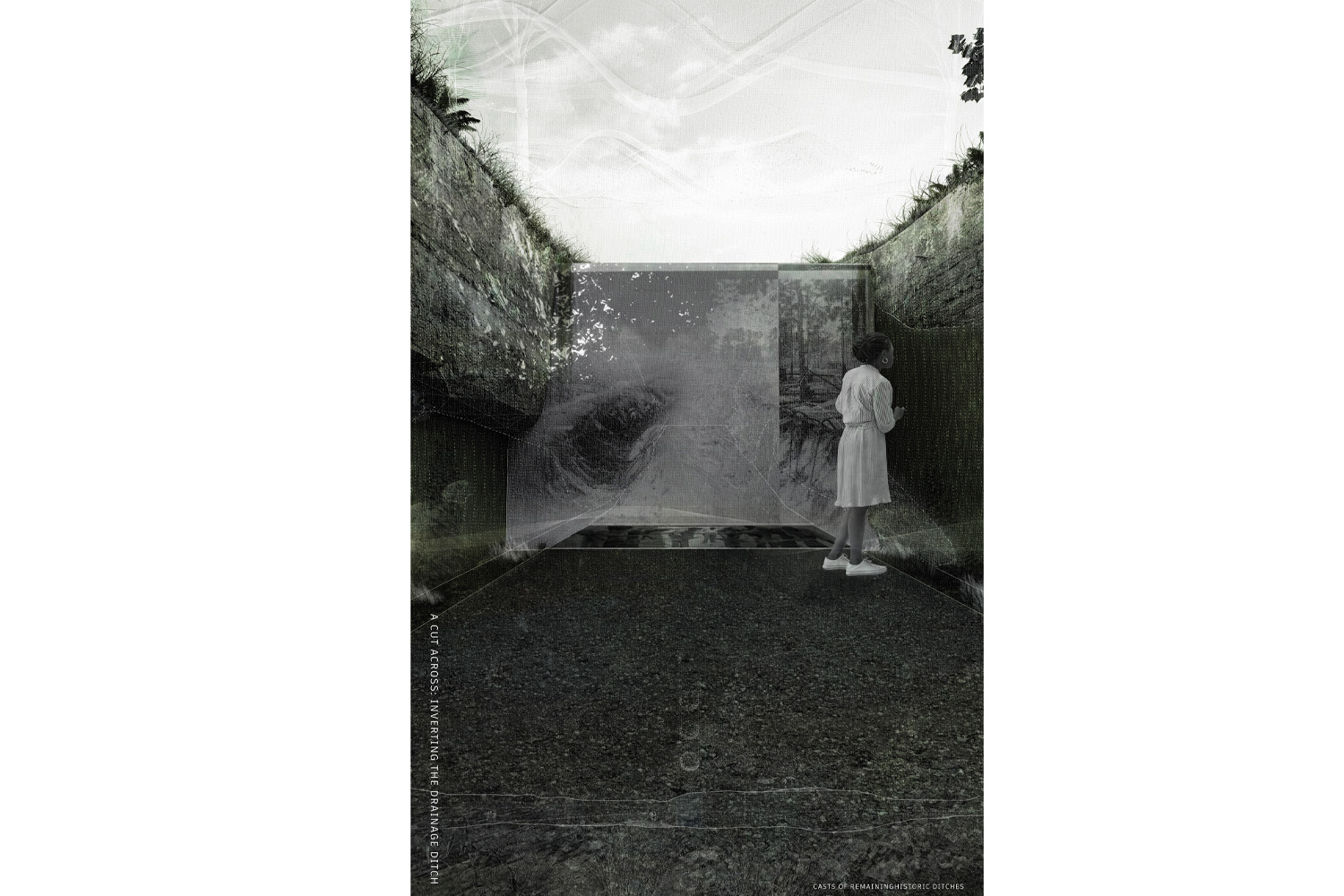
︎The Plot


As the stream transform the monoculture of sugarcane into a muddy and swamp landscape, the Plot emerges on the edges of the stream. It is created through the accumulation of the soil from the carving of the stream. The Plot is a multispecies garden of nurture and care. Indexes in the ground following the geometry of the cooking pot become spaces to gather around the cooking fire to share stories, exchange seeds and allow for the emergence of new black imaginations. The Plot becomes a space of gratitude and celebration of the land, the water, the plants, and the animals that constitute this landscape.
The rendered image overlaps with historic indexes used to design the intervention. A historical photo of the plot illustrates how this landscape was a space of cultural formation. The proposal shows the creation of a community garden along the stream as a space of celebration, gathering, and nurturing.
[Act 3] PLANTATION FUTURES
Scene 3 Accountability
︎The Master’s House
The master’s house is the image that defines the antebellum American South. It is the cultural archive that is most associated with the region’s economic engine. Its presence today romanticizes and glorifies the master narrative that denied the rights to so many. Disassembling the master house is the first step toward repositioning the site’s narrative. Our re-spatialization of hegemonic ecologies through the house is crucial.
︎Kitchen and Service Spaces

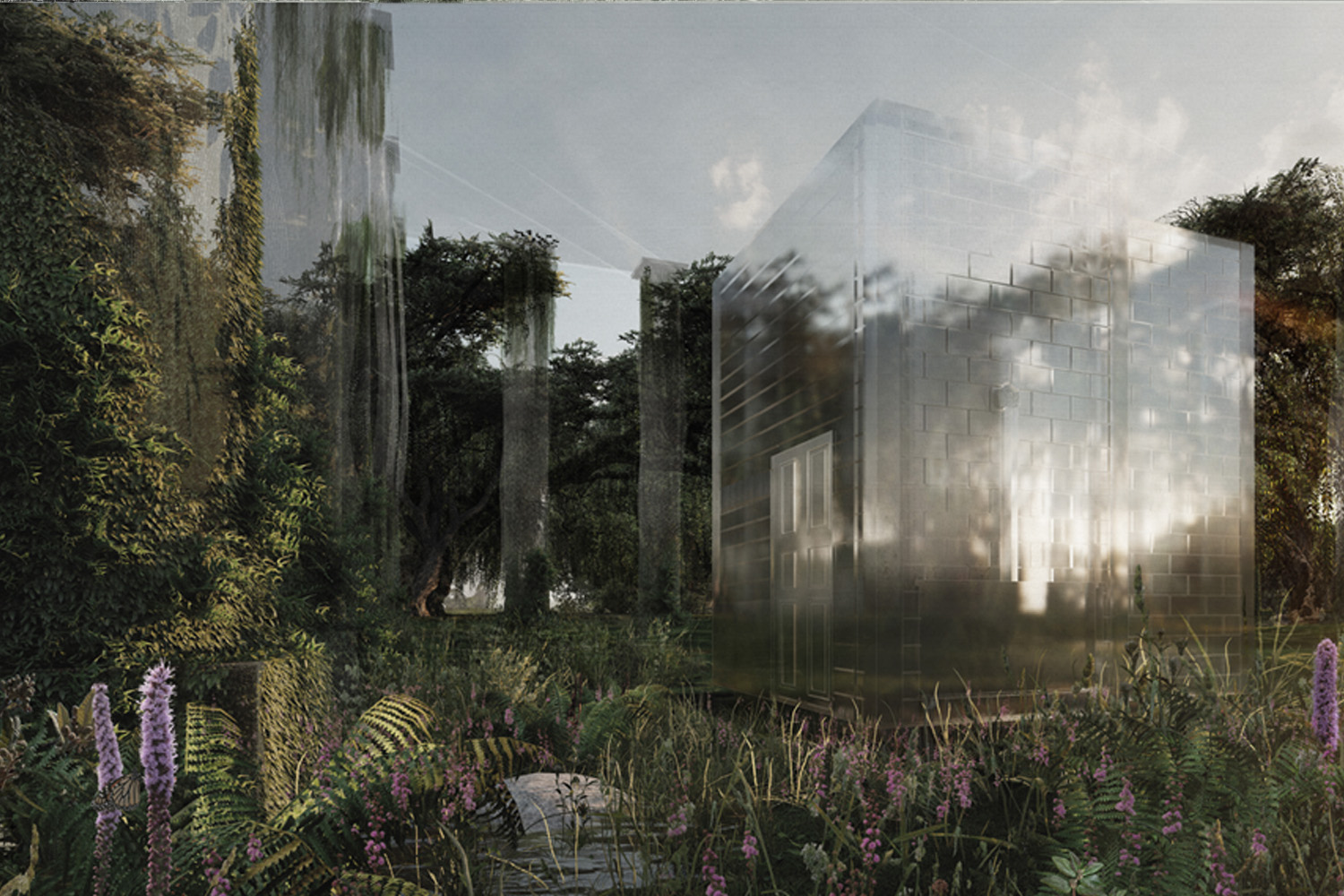
[PROJECT RECOMMENDATIONS AND FINDINGS]
To conclude, we compiled a series of petitions and recommendations. Three letters were sent to the State of Louisiana, the ASLA, and The Cultural Landscape Foundation.
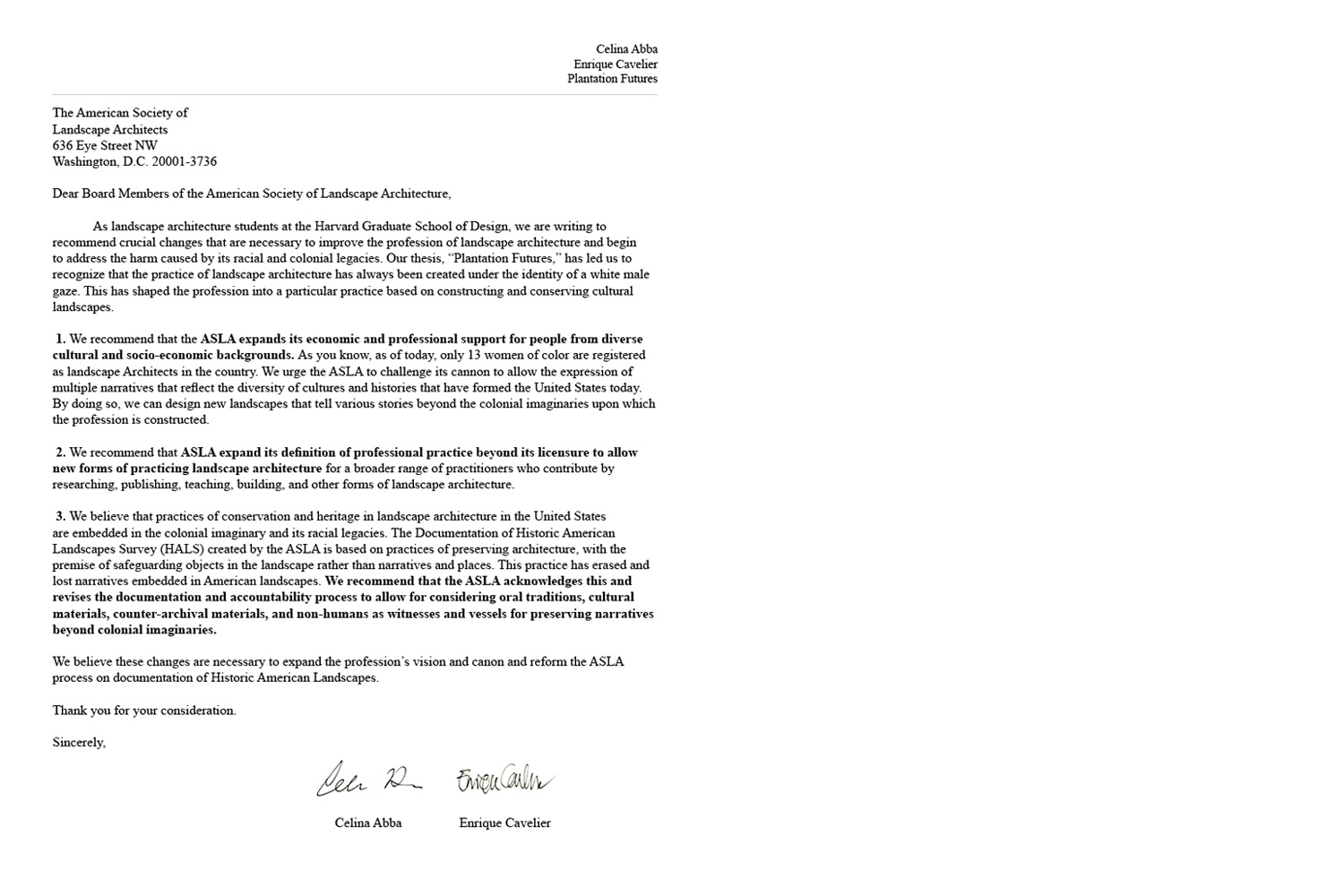


︎The letter to the state of Louisiana is written on behalf of Rise St. James, Friends of the Earth, and local descendants’ groups. We are calling for a moratorium on the petrochemical industry in Cancer Alley. Following discussions with Gary Watson, a local activist in New Orleans, we also call for a Moratorium on Plantation Tourism.
︎The letter to the ASLA demands economic and professional support for people from diverse cultural and socio-economic backgrounds. It asks the ASLA to expand its definition of professional practice to allow for new modes of practice beyond the status quo. It asks for the inclusion of diverse voices and narratives, especially those of non-humans and ecological systems.
︎Finally, our letter to The Cultural Landscape Foundation demands the re-categorization of plantations within its catalog and for the foundation to diversify its board of governors. Out of 25 members on its board, no one is a person of color; we urge TCLF to make these changes.
